Crowdfunding vs. participatory sponsorship: understanding the difference

Crowdfunding is attracting more and more associations and companies. Yet many confuse crowdfunding with participatory patronage. Both models share the idea of collective mobilization, but their objectives and rules are totally different.
Crowdfunding finances all types of project, whether personal, commercial or artistic. Participatory sponsorship, on the other hand, only supports actions of general interest: culture, environment, solidarity, education. This distinction changes everything, especially from a tax point of view.
In this article, you'll understand the difference between these two approaches in just a few minutes. You'll know when to use sponsorship rather than crowdfunding, and how to choose the right platform for your project.
If you represent an association, MecenUS can help you structure your first campaign simply and simply, in compliance with the legal framework for participative sponsorship.
A brief definition of crowdfunding and participatory sponsorship
Crowdfunding is a form of participatory financing open to all projects. It enables a creator, company or association to raise funds online. Contributors participate freely, often in exchange for something in return: a product, a service or symbolic recognition.
This model is based on the logic of pre-sale or collective support, without tax advantages. It is aimed primarily at commercial, artistic or entrepreneurial projects.
Participatory sponsorship, on the other hand, only finances projects of general interest. Donations are used to support cultural, social, educational or environmental causes.
The patron - individual or corporate - acts without material consideration. They benefit from a tax reduction: 66% for individuals and 60% for companies.
This framework is strictly regulated by the 2003 law on sponsorship and articles 200 and 238 bis of the French General Tax Code.
In a nutshell: crowdfunding values exchange; participatory sponsorship values general interest.
Comparative table of key differences
Here's a simple overview to distinguish these two forms of financing:
| Criteria | Crowdfunding | Participatory sponsorship |
| Objective | Financing a personal, business or creative project | Support a public-interest project |
| Beneficiaries | Companies, artists, various associations | Associations, foundations, public institutions |
| Counterparties | Products, services, early access | Symbolic: thank you, invitation, mention of donor |
| Tax benefits | No | Tax reduction of 66% (individuals) or 60% (businesses) |
| Legal framework | Ordinance of May 30, 2014 on participatory financing | Law of August 1, 2003 on sponsorship |
| Tax receipt | Not applicable | Mandatory (official Cerfa model) |
| Purpose | Project profitability or visibility | Social, cultural or environmental impact |
| Target audience | General public, consumers | Committed patrons, responsible companies |
Crowdfunding seeks to convince contributors; participative sponsorship attracts patrons.
This nuance determines communication, taxation and the type of relationship to build with donors.
Can crowdfunding be tax-free?
No, crowdfunding does not entitle you to a tax reduction. Donations or participations made on crowdfunding platforms have no tax value. Even if an association raises funds via this model, it cannot issue a tax receipt, unless it meets the precise criteria of general interest sponsorship.
To be eligible for tax exemption, three conditions must be met:
- The project must be in the public interest: culture, education, environment, solidarity, sport, research, humanitarian...
- The beneficiary organization must be disinterested in its management.
- The donor must not receive any real or equivalent consideration for the donation.
Case in point:
- A campaign to produce a documentary film → crowdfunding, no tax reduction.
- A collection to restore a work of art in a museum → participative sponsorship, tax reduction possible.
The tax receipt must always be issued by the beneficiary organization, never by the platform. MecenUS automates this step and guarantees the legal conformity of the document.
Concrete examples: when to choose participatory patronage
1. Cultural association
A small association wishes to restore a local monument.
Objective: finance the work and raise public awareness.
Participatory sponsorship is ideal. Donations are tax-exempt, and the campaign can mobilize residents, local businesses and private sponsors.
2. Public institution
A museum wants to acquire a work of art to enrich its collection.
👉 Objective: involve the public in a heritage project.
Participatory sponsorship raises funds while strengthening the link between institutions and citizens.
3. Committed company
An SME wants to involve its employees in an environmental cause.
Objective: to reinforce its CSR (Corporate Social Responsibility) policy.
It can support a non-profit organization present on MecenUS and benefit from a 60% tax reduction.
Participatory sponsorship is not just for large foundations. It offers all organizations a transparent, legal and unifying financing tool.
On MecenUS, each project is checked before being put online. Tax receipts are generated automatically, and donation tracking is clear and traceable.
FAQ: frequently asked questions about corporate philanthropy
1. What's the difference between participatory sponsorship and crowdfunding?
Crowdfunding finances all kinds of projects, often in return for contributions.
Participatory sponsorship supports actions of general interest.
It is based on disinterested donations and is eligible for a tax deduction.
2. Are donations on crowdfunding platforms tax-deductible?
No.
Only donations made to an organization recognized as being in the public interest can be tax deductible.
The tax receipt must be issued by the beneficiary organization, not by the platform.
3. What kind of rewards are authorized in participative sponsorship?
They must remain symbolic: thanks, mention of the sponsor, invitation to an event.
They may not exceed 25% of the value of the donation.
4. Who can launch a participative sponsorship campaign?
Associations, foundations, local authorities or public establishments.
All must be non-profit-making and serve a broad public.
5. Why choose MecenUS?
MecenUS simplifies the whole process:
- Check your project's eligibility,
- Automatic management of tax receipts,
- Clear monitoring dashboard,
MecenUS helps organizations transform collective generosity into sustainable, transparent financing.
Choosing the right model for your project
Crowdfunding and participatory sponsorship have different aims.
The former is used to finance an individual or commercial project.
The latter supports causes of general interest within a clear tax framework.
If you represent an association, a foundation or a local authority, participative sponsorship is the safest way forward.
It enables you to raise funds transparently, while offering attractive tax advantages to your sponsors.
MecenUS makes this process simple and secure.
You publish your project, track your donations in real time and let the platform manage tax receipts automatically.
Each campaign becomes a story shared between your mission and your patrons.
Take action today.
Find out how MecenUS can help you launch your first corporate philanthropy campaign in full compliance.
Discover also
